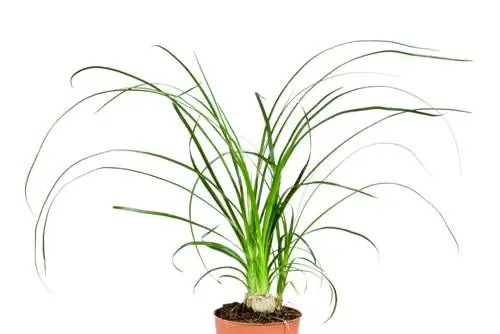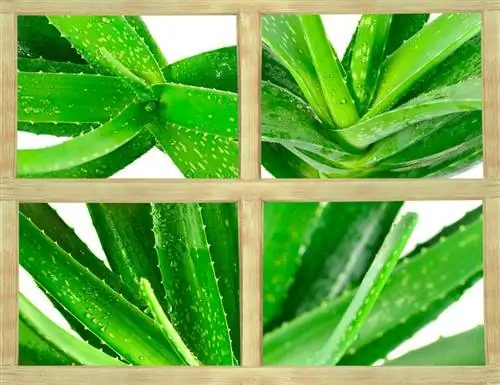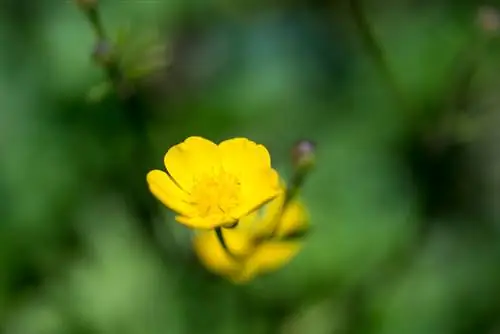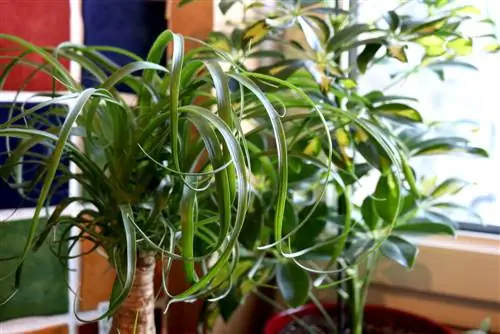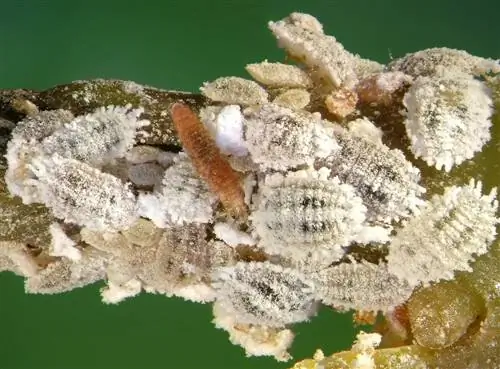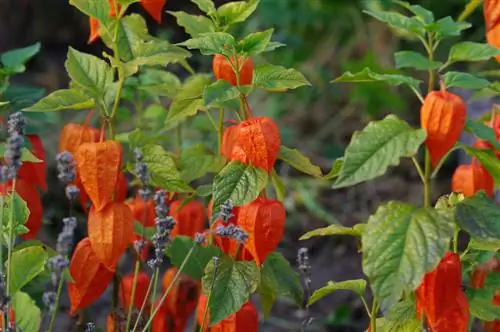- Author admin [email protected].
- Public 2023-12-16 16:46.
- Last modified 2025-01-23 11:22.
You can find very different specimens on the market as elephant foot, elephant tree, water palm or bottle tree. It can always be the same type of plant, but it can also be different. A layperson can hardly find his way around.

Which types of elephant foot are commercially available?
The elephant foot species are mainly Beaucarnea and Nolina, both of which have different care requirements. Beaucarnea is slightly poisonous and requires a lot of heat and light, while Nolina is non-toxic and partially frost hardy.
Why is that? On the one hand, there are two different but related genera, namely Beaucarnea and Nolina. These genera each contain different species, of which only a few are sold as houseplants. The German names are often chosen seemingly at random.
How can I distinguish the species?
In appearance, the different species are more or less similar; many have the characteristic thickened trunk, but some species are also stemless. In addition, it usually only develops clearly with increasing age. The safest distinction when purchasing is therefore the botanical name on the label. If this is missing, then you are partly dependent on speculation and/or comparisons with pictures.
If you have pets or small children, then it is particularly important to know which plant you actually have, because the elephant foot Beaucarnea is considered (slightly) poisonous, in contrast to the non-poisonous Nolina. Cat owners in particular should keep this in mind, as cats like to nibble on the leaves of the elephant's foot.
Do the plants need different care?
The elephant foot Beaucarnea is quite easy to care for, but not hardy. It needs a lot of warmth (temperatures around 20 °C to 25 °C)) and a lot of light, but cannot tolerate full midday sun or waterlogging. In the Nolina family, on the other hand, you will find frost-hardy varieties that you can plant in the garden. You don't have to make any big differences when watering and fertilizing.
The most important things in brief:
- different types possible
- slight confusion with Nolina plants
- Probably the most common species in the trade: Beaucarnea recurvata
- very different appearance in young plants
- there are hardly any differences in terms of watering and fertilizing
Tip
A young elephant's foot does not yet have the characteristic thickened trunk. Therefore it is often mistaken for another plant.

